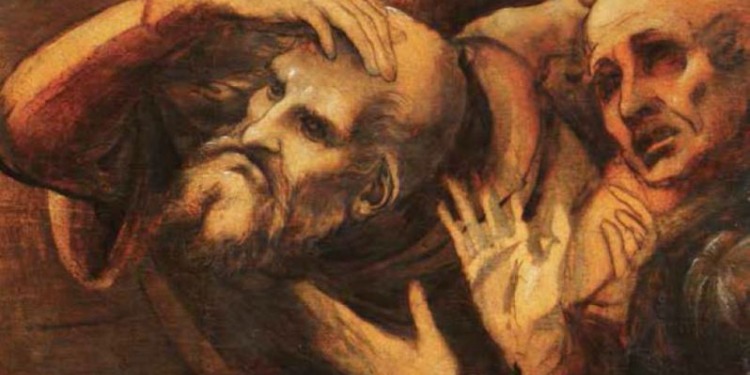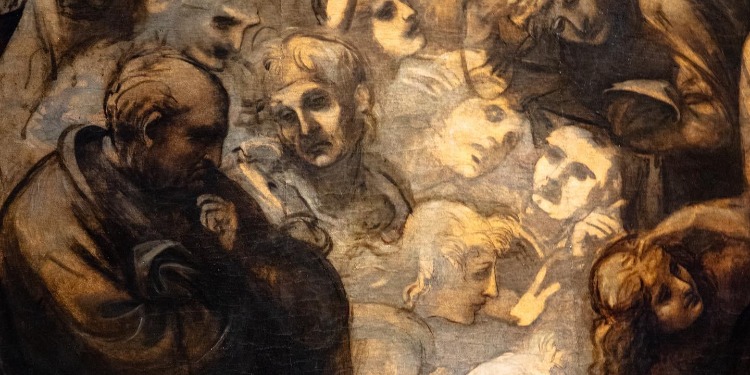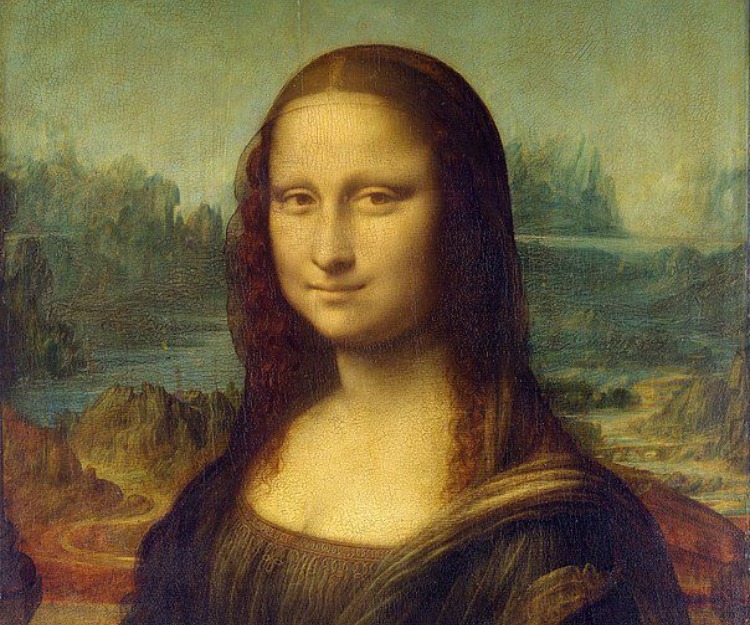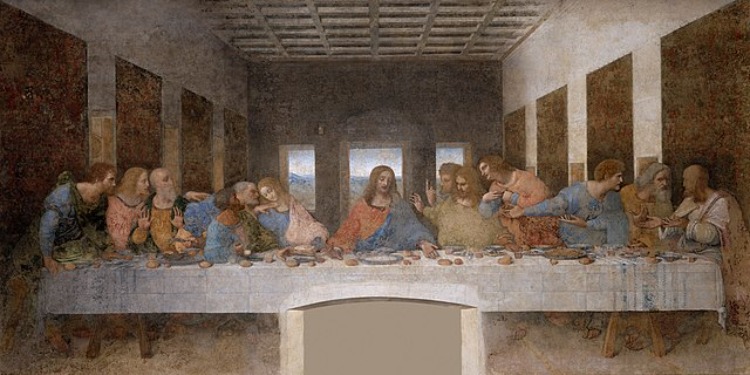Leonardo da Vinci’s unfinished masterpiece returns to his French chateau
The world was fortunate to have Leonardo da Vinci, an absolute genius, from April 15, 1452, to May 2, 1519. He is one of the most influential artists in history. Not only did he leave a big mark in the world of art, but he also did a lot of important work in the world of science.
Leonardo da Vinci, an Italian Renaissance master who was good at many things, swore allegiance to King Francois I of France in 1516 and moved there. He brought three of his most famous works with him. Saint John the Baptist, the Virgin and Child with Saint Anne, and his most famous painting, the Mona Lisa, all hang in the Louvre in Paris.
Some Leonardo experts, though, think he may have brought another unfinished painting with him to France. He may have worked on it and made improvements, but he never finished it, even though he kept it close to him for more than 30 years.

Leonardo started painting Saint Jerome in the Wilderness in the 1480s, but it does not leave its permanent home in the Vatican Museums very often.
Today, though, it is on display at the manor house at Clos Lucé, which is near the former royal chateau at Amboise on the Loire in western France. This is where Leonardo lived for just over two years before he died in 1519.
Also Read: Graham warns of ‘riots in the streets’ if Trump is charged, accuses ‘double standard’
“We will have the painting here for 100 days, 500 years after Leonardo da Vinci died,” Francois Saint Bris, whose family owns the Clos Lucé, told the Observer. “It means a lot to us that this work was lent to us.
This is a single canvas that is still being worked on. The more we look at it, the more it comes to life. It shows how Da Vinci’s mind worked, his techniques, his smartness, and how he drew. We hope people will come to this place to think about it.”

We think less than 20 of Leonardo’s paintings are still around today. Saint Jerome in the Wilderness is neither the best nor the brightest painting. It shows the fourth-century saint, known as the “father of the Christian church,” beating his chest with a stone while looking sad.
At the bottom of the canvas is a sketch of the lion whose paw Jerome is famous for removing a thorn from. The lion is drawn in a fierce way, which is different from how it is usually shown. During the Renaissance, people were interested in Saint Jerome, a scholar who is said to have spent years in the desert translating the Bible from Greek and Hebrew into Latin. He was a popular subject because he represented both humanism and religion.
Also Read: Reason Why James Cameron Threw Out Avatar 2’s Script After A Year Of Writing
Leonardo took away the scarlet cardinal robes, hat, and beard he usually wore in portraits. Instead, he drew him in rags and without a Bible. In 1481, the work was given to Leonardo to do while he was living in Florence. When he moved to Milan in 1482, he still had not finished it. But no one knows who asked for it or why it was never finished.

Over the centuries, the painting went missing and then turned up again in different places. In 1856, Pope Pius IX bought it from a pawn shop. Guido Cornini, a curator at the Vatican, said that the fact that it was not finished made it even more attractive to art historians and experts, who have used it to figure out many of Leonardo’s artistic techniques and styles. “You can see how the painting was made.
No one knows why he quit. Some people think that Da Vinci kept this painting with him his whole life. “He may have kept it with him on purpose because he did not want to finish it,” Cornini said. ”
Also Read: Jalen Hill Demise: What Caused the Sudden Death of Young UCLA’s Men’s Basketball team Member?
He may have gone back to it from time to time to make it better or change it.” Francesca Persegati, who is in charge of the Vatican Museums, said that there was proof that Leonardo painted part of the painting with his fingers.
“We can see where he pressed his palm and finger into the thick paint. We can imagine the artist putting his or her hands on this painting and becoming a part of it. The director of the Vatican Museums, Barbara Jatta, said that the painting rarely left the permanent collection and only did so when its safety and integrity could be guaranteed.

But in 2019, on the anniversary of the artist’s death, it was shown in Rome, at the Metropolitan Museum of Art in New York, and the Louvre. “There are a lot of reasons to celebrate and show off an important piece of art from the Vatican collection by putting it back where it was probably kept when the great Leonardo da Vinci was living and dying in France.
We know the painting was at Clos Lucé when he died on May 2, 1519, because of theories and a few documents held in Milan, said Jatta. “It is without question a masterpiece…
Also Read: Polaroids From Jeffrey Dahmer’s Apartment: Unbelievably Brutal And Surprisingly Mundane
It is considered one of his most exciting works because it is “unfinished.” It is also one of the few paintings by the artist whose authenticity has never been called into question. She also said, “It was essential to bring the painting here, to the place where Da Vinci lived and died.
We wanted to make it possible for people to visit the historic place and learn not only about its history and Da Vinci’s technical skill but also about St. Jerome, one of the most influential people in the church, and his life. The painting and other works tied to Leonardo and Saint Jerome are on display at the Chateau de Clos Lucé until September 20.
People can take tours of the chateau, which includes rooms that Leonardo used and galleries that show his work as an artist, mathematician, engineer, scientist, and inventor.

